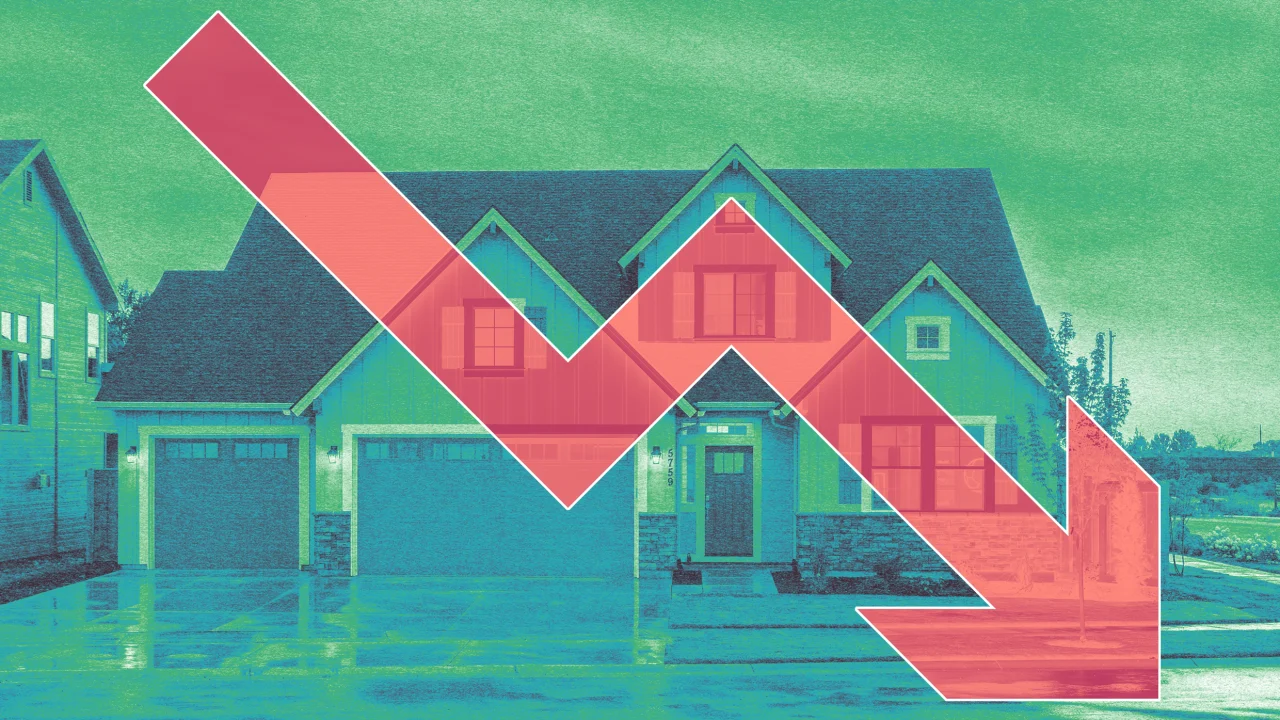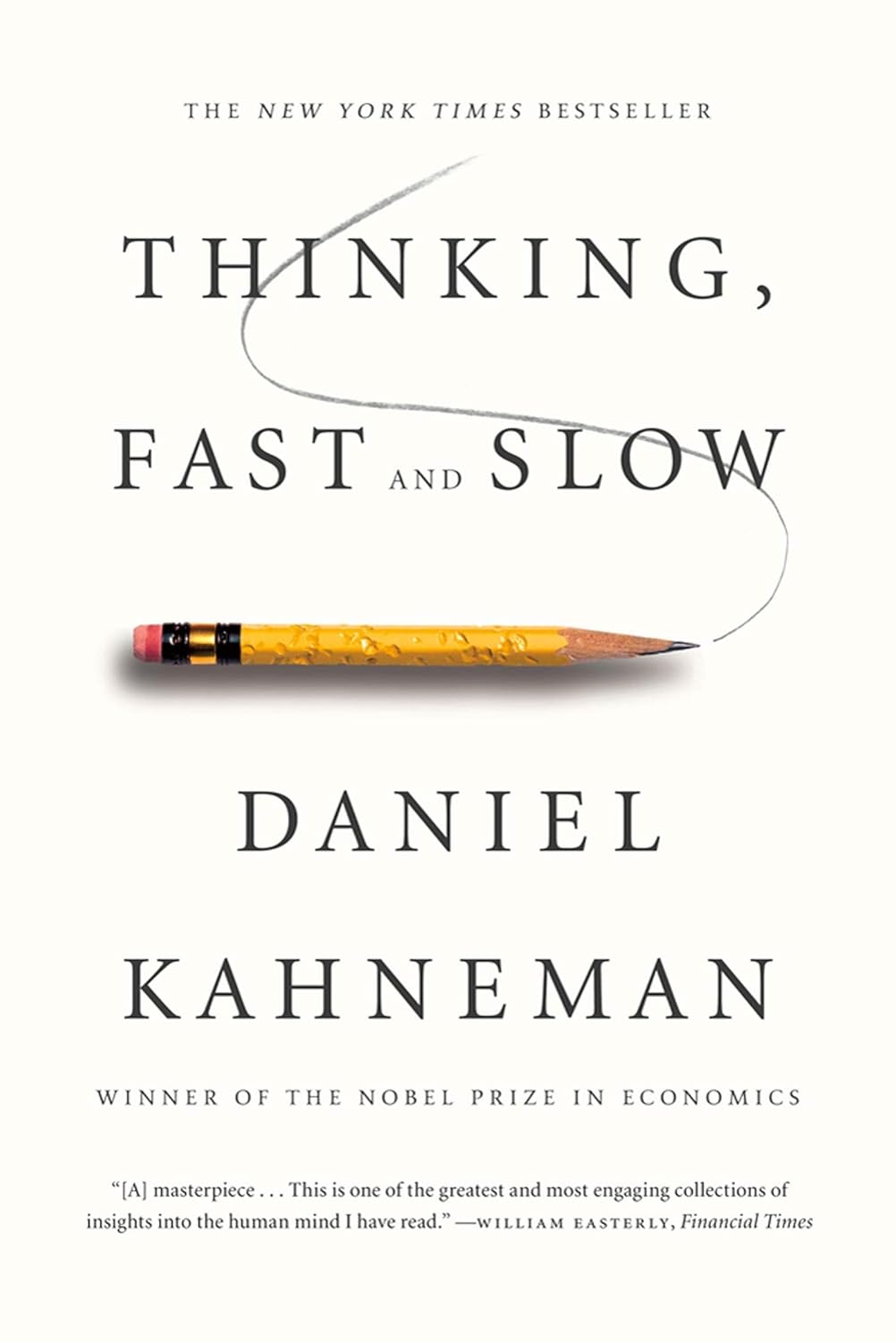Housing market shift: 80 major markets that are seeing falling home prices
Want more housing market stories from Lance Lambert’s ResiClub in your inbox? Subscribe to the ResiClub newsletter. National home prices rose 0.7% year over year between April 2024 and April 2025, according to the Zillow Home Value Index—a decelerated rate from the 4.4% year-over-year rate between April 2023 and April 2024. And more metro-area housing markets are seeing declines. For example, 31 of the nation’s 300 largest housing markets (10% of markets) had a falling year-over-year reading in the January 2024 to January 2025 window. In the February 2024 to February 2025 window, 42 of them (14% of markets) had a falling year-over-year reading. In the March 2024 to March 2025 window, that was up to 60 housing markets (20% of markets). And in the most recent reading—the April 2024 to April 2025 window—80 of the nation’s 300 largest housing markets (27% of markets) had a falling year-over-year reading. While 27% of the 300 largest housing markets are currently experiencing year-over-year home price declines, that share is gradually increasing as the supply-demand balance continues to shift directionally toward buyers in this affordability-constrained environment. Home prices are still climbing in many regions where active inventory remains well below pre-pandemic levels, such as pockets of the Northeast and Midwest. In contrast, some pockets in states like Arizona, Florida, Louisiana, and Texas—where active inventory exceeds pre-pandemic 2019 levels—are seeing modest home price corrections. These year-over-year declines, using the Zillow Home Value Index, are evident in major metros such as Austin (-5.1%); Tampa, Florida (-5.0%); San Antonio (-3.2%); Dallas (-3.0%); Phoenix (-2.8%); Orlando, Florida (-2.8%); Jacksonville, Florida (-2.7%); New Orleans (-2.4); Atlanta (-2.3%); Miami (-2.3%), Denver (-1.8%), and Houston (-1.4%). The markets seeing the most softness—where homebuyers have gained the most leverage—are primarily located in Sun Belt regions, particularly the Gulf Coast and Mountain West. Many of these areas saw major price surges during the pandemic housing boom, with home price growth outpacing local income levels. As pandemic-driven migration slowed and mortgage rates rose, markets like Tampa and Austin faced challenges, relying on local income levels to support frothy home prices. This softening trend is further compounded by an abundance of new home supply in the Sun Belt. Builders are often willing to lower prices or offer affordability incentives to maintain sales, which also has a cooling effect on the resale market. Some buyers, who would have previously considered existing homes, are now opting for new homes with more favorable deals. Given the shift in active housing inventory and months of supply, along with the soft level of appreciation in more markets this spring, ResiClub expects the number of metro areas with year-over-year home price declines in the Zillow Home Value Index to continue ticking up in the coming months.

Want more housing market stories from Lance Lambert’s ResiClub in your inbox? Subscribe to the ResiClub newsletter.
National home prices rose 0.7% year over year between April 2024 and April 2025, according to the Zillow Home Value Index—a decelerated rate from the 4.4% year-over-year rate between April 2023 and April 2024.
And more metro-area housing markets are seeing declines. For example, 31 of the nation’s 300 largest housing markets (10% of markets) had a falling year-over-year reading in the January 2024 to January 2025 window. In the February 2024 to February 2025 window, 42 of them (14% of markets) had a falling year-over-year reading. In the March 2024 to March 2025 window, that was up to 60 housing markets (20% of markets). And in the most recent reading—the April 2024 to April 2025 window—80 of the nation’s 300 largest housing markets (27% of markets) had a falling year-over-year reading.
While 27% of the 300 largest housing markets are currently experiencing year-over-year home price declines, that share is gradually increasing as the supply-demand balance continues to shift directionally toward buyers in this affordability-constrained environment.
Home prices are still climbing in many regions where active inventory remains well below pre-pandemic levels, such as pockets of the Northeast and Midwest. In contrast, some pockets in states like Arizona, Florida, Louisiana, and Texas—where active inventory exceeds pre-pandemic 2019 levels—are seeing modest home price corrections.
These year-over-year declines, using the Zillow Home Value Index, are evident in major metros such as Austin (-5.1%); Tampa, Florida (-5.0%); San Antonio (-3.2%); Dallas (-3.0%); Phoenix (-2.8%); Orlando, Florida (-2.8%); Jacksonville, Florida (-2.7%); New Orleans (-2.4); Atlanta (-2.3%); Miami (-2.3%), Denver (-1.8%), and Houston (-1.4%).
The markets seeing the most softness—where homebuyers have gained the most leverage—are primarily located in Sun Belt regions, particularly the Gulf Coast and Mountain West. Many of these areas saw major price surges during the pandemic housing boom, with home price growth outpacing local income levels. As pandemic-driven migration slowed and mortgage rates rose, markets like Tampa and Austin faced challenges, relying on local income levels to support frothy home prices.
This softening trend is further compounded by an abundance of new home supply in the Sun Belt. Builders are often willing to lower prices or offer affordability incentives to maintain sales, which also has a cooling effect on the resale market. Some buyers, who would have previously considered existing homes, are now opting for new homes with more favorable deals.
Given the shift in active housing inventory and months of supply, along with the soft level of appreciation in more markets this spring, ResiClub expects the number of metro areas with year-over-year home price declines in the Zillow Home Value Index to continue ticking up in the coming months.









































































































![Building A Digital PR Strategy: 10 Essential Steps for Beginners [With Examples]](https://buzzsumo.com/wp-content/uploads/2023/09/Building-A-Digital-PR-Strategy-10-Essential-Steps-for-Beginners-With-Examples-bblog-masthead.jpg)


















































